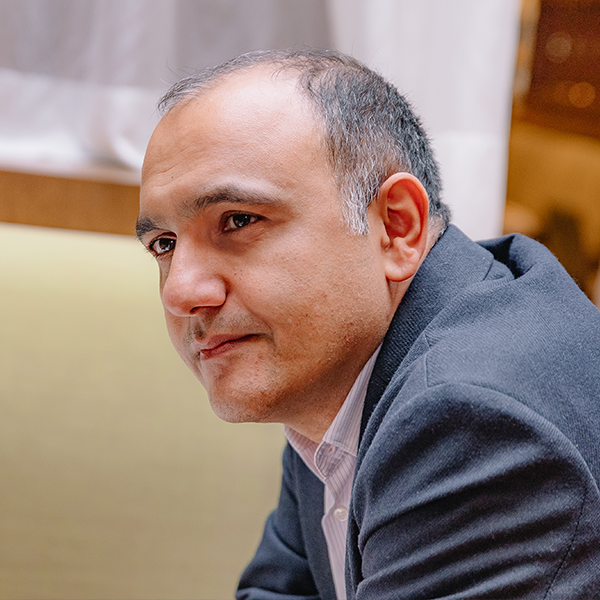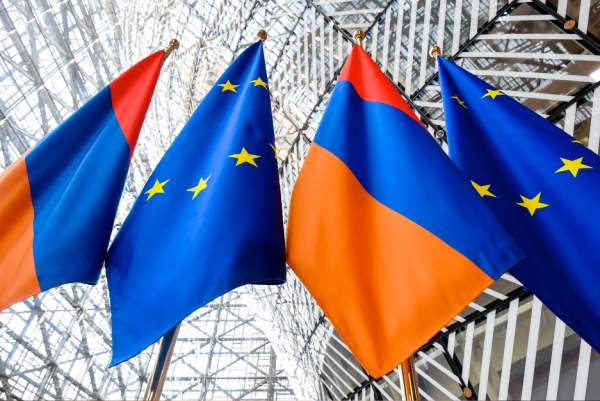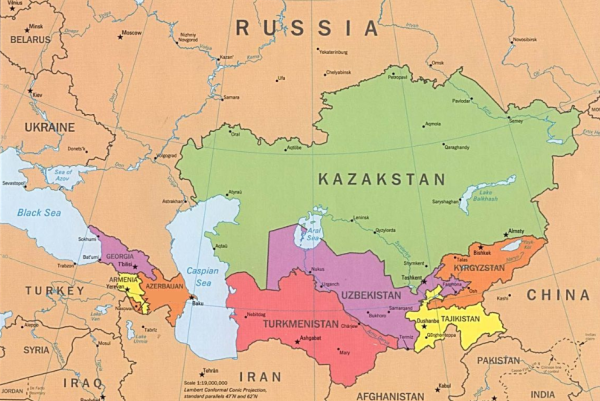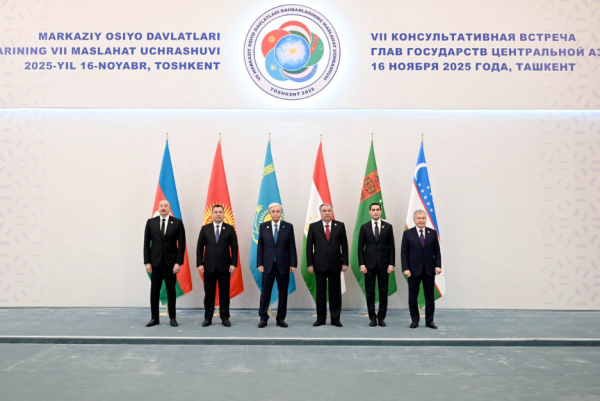Urban terrorism: Why Armenia targets cities
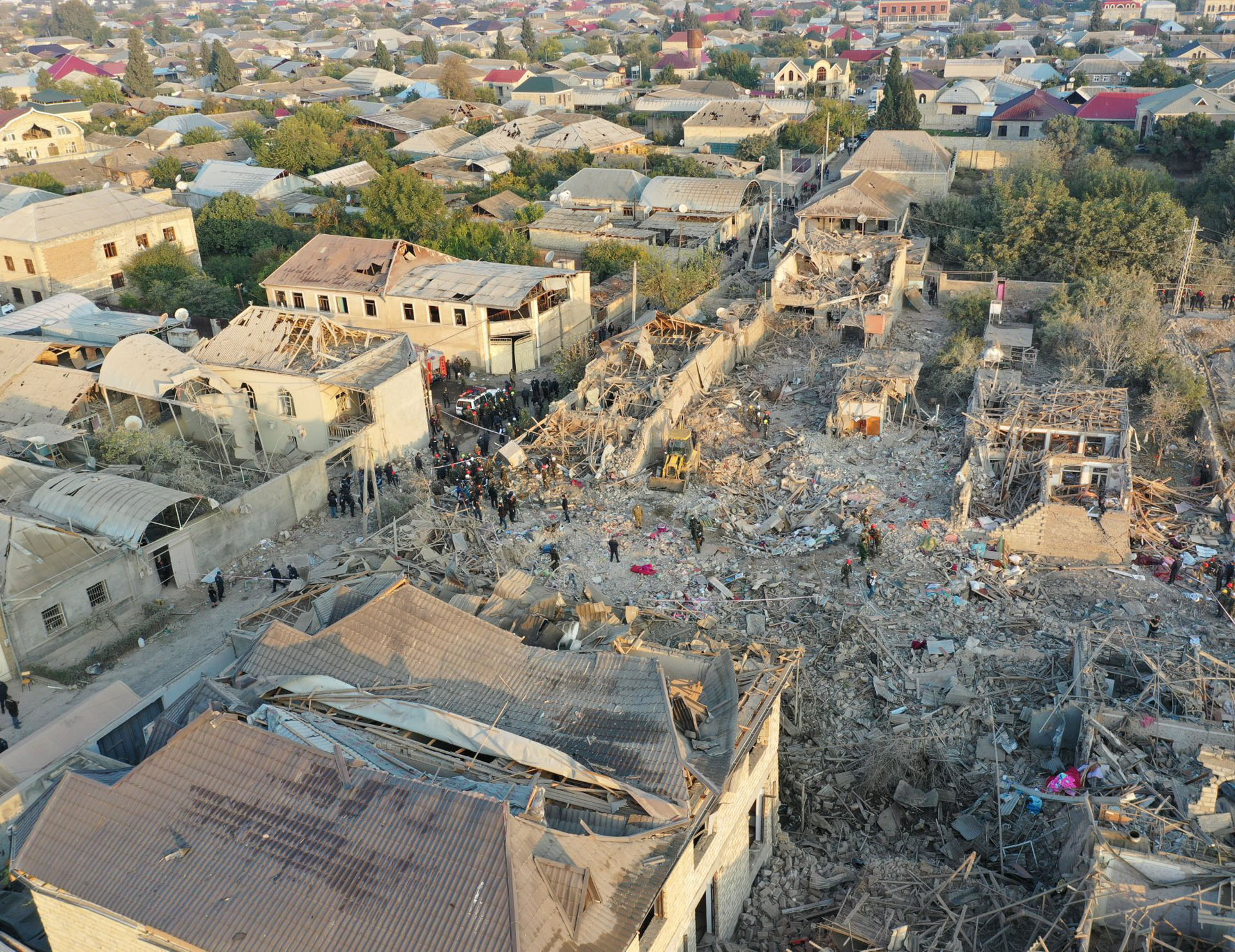
Since the escalation of Karabakh conflict on September 27, 2020, Azerbaijan`s cities Terter, Barda, Agjabadi, Beylagan, Ganja and others have become targets of separatist Armenian warlords. Although some scholars usually qualify such kind of acts as war crimes, we would consider it as cases of urban terrorism. According to UNODC, terrorism is defined as all criminal acts directed against a State and intended or calculated to create a state of terror in the minds of particular persons or a group of persons or the general public. In case the target is located within the city and has no military nature, it is defined as urban terrorism. What is the reason for Armenian attack on cities then?
When Karabakh-based separatist warlords attack Ganja or Baku they do not necessarily try to hit the government or intend to inflict the casualties. Their main purpose is to attack the essence of cities and tend to destroy urban tolerance. Warlords hit Ganja because of what it symbolizes: Azerbaijani culture, identity, history and symbol of resistance. These cities are not only dense agglomerations of people and buildings, but also the guardians of national prestige and assets. By attacking urban areas, terrorists do not intend to take only the lives of the inhabitants, but also affect the life of an independent organism, city. The change in life of the city affects the citizens much more than that short-term shock aftermath of an attack.
There are at least five terrorist strategies that common in actions of Armenian separatists or any other terrorist organizations. These strategies often used in cities aim to 1) create a sense of social dislocation; 2) spread fear, anarchy and chaos; 3) discredit existing governments in order to deliberately provoke sense of vulnerability; 4) generate economic and military damage; 5) to internationalize a cause or gain publicity.
So, what makes cities highly prized targets for warlords? Cities serve as nerve centers for domestic economy. The larger the city and the more significant its role in the world affairs, the more attractive it is for terrorists to attack. The city’s role as a nerve hub, its visibility and capacity to dramatize attacks, make it an ideal spot from which to broadcast the terrorist message. Meanwhile, terrorists generally choose targets that have symbolic value or that will evoke the greatest media attention, and have psychological effect. Therefore, cities having higher numbers of symbolic targets as well as cities with high media attention will have higher chances of attracting terrorists.



